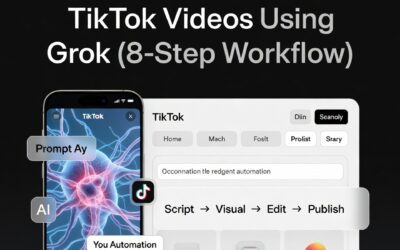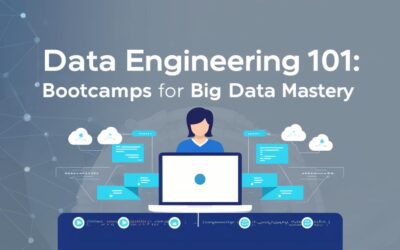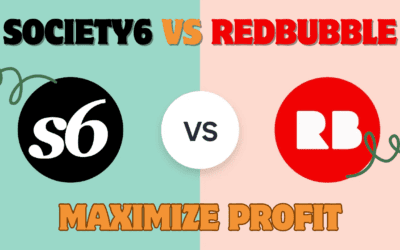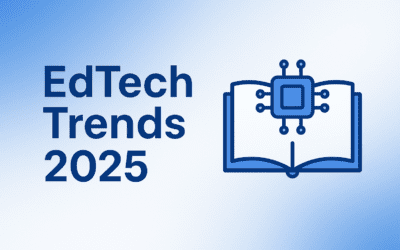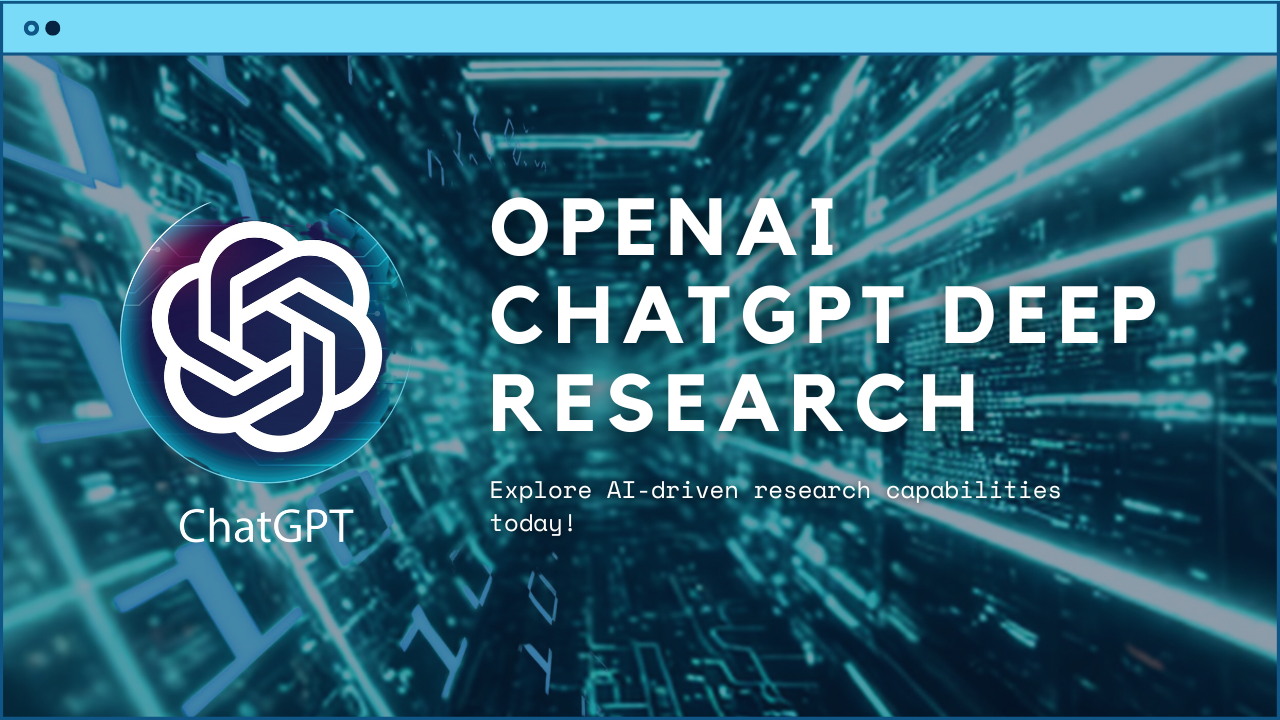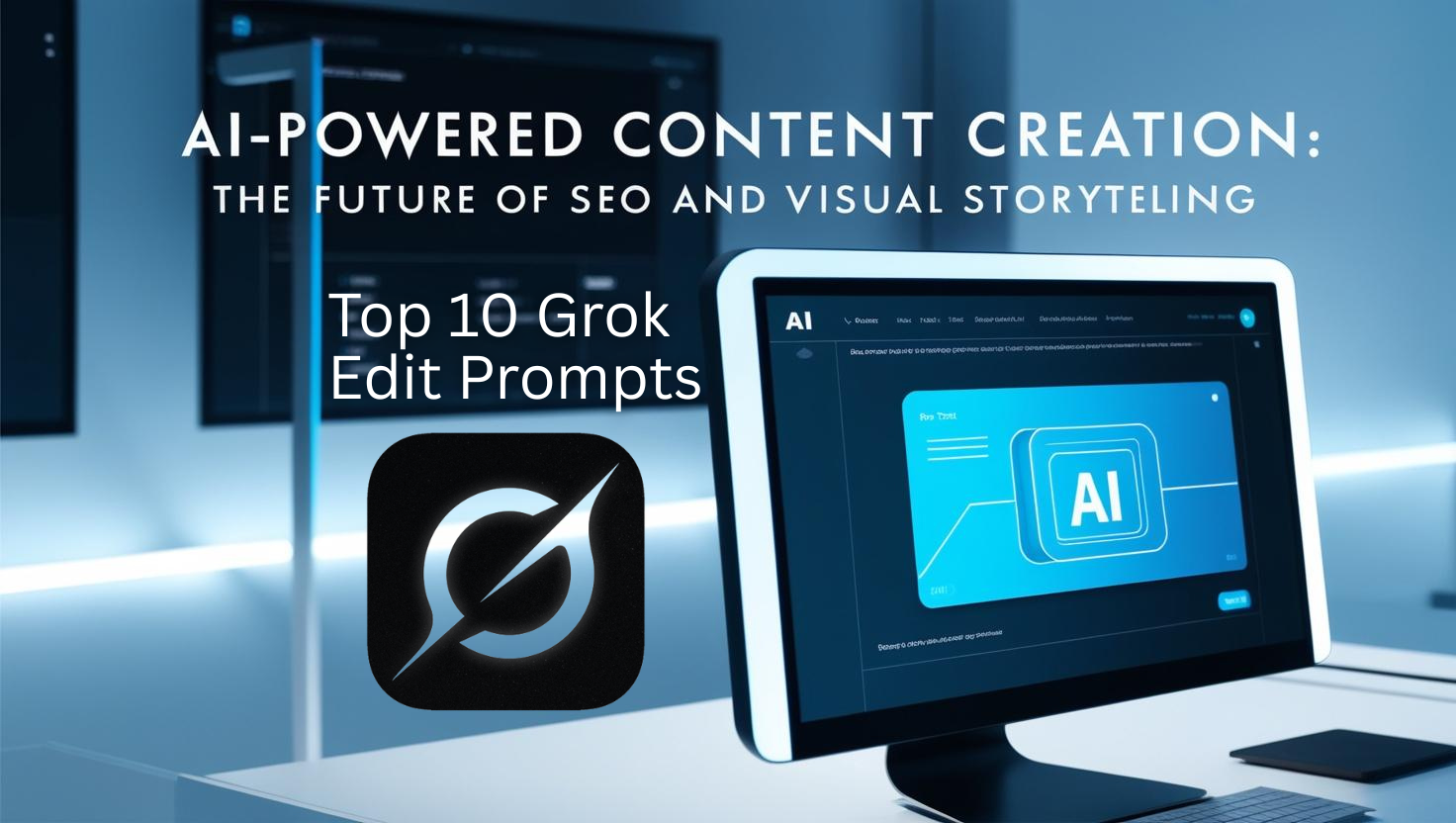Introduction
OpenAI’s ChatGPT has unveiled Deep Research, a groundbreaking feature designed to transform how professionals and businesses conduct data analysis. Leveraging advanced AI, Deep Research automates multi-step internet inquiries, synthesizes complex datasets, and delivers actionable insights in seconds. In this guide, we dissect its mechanics, real-world applications, and limitations. You’ll learn how it compares to traditional tools, its cost efficiency, and how innovators like Reid Hoffman are already leveraging it. Whether you’re a researcher, marketer, or executive, discover why this tool could redefine your workflow.
What Is OpenAI ChatGPT’s New Feature Deep Research?
Launched in June 2024, Deep Research is ChatGPT’s answer to accelerating data-driven decision-making. Unlike standard search tools, it combines AI-powered web crawling, cross-referencing, and summarization to tackle intricate queries—from market trends to academic reviews. Designed for professionals, it aims to reduce manual research time by up to 70%, according to Tech.co.
How OpenAI ChatGPT’s Deep Research Works
Multi-Step Internet Research
The feature autonomously browses academic journals, news archives, and databases like Wikipedia to compile evidence-backed answers. For example, asking “What’s the impact of AI on healthcare costs?” triggers a 5-step process: source identification, data extraction, bias analysis, synthesis, and citation generation.
Agentic Capabilities
Deep Research employs AI “agents” that collaborate to validate findings. One agent might cross-check a statistic from The Lancet, while another ensures logical coherence, minimizing hallucinations (The Verge).
Deep Research vs. Traditional Research Tools
| Factor | Deep Research | Traditional Tools |
|---|---|---|
| Speed | Minutes | Hours/days |
| Cost | 0.10–0.10–1.50 per query (API) | $50+/hour (human researchers) |
| Accuracy | 89% (per OpenAI trials) | 92–95% (peer-reviewed studies) |
While traditional methods edge out in accuracy, Deep Research offers unmatched scalability for time-sensitive projects (Wikipedia).
Use Cases & Real-World Examples
- Reid Hoffman’s Take: “Deep Research cut our startup’s competitive analysis time from weeks to days” (Business Insider).
- Case Study: A biotech firm reduced clinical trial literature reviews by 65% using ChatGPT’s feature, citing 200+ sources in under an hour.
Pricing & Access Levels
- Free Tier: 3 queries/day (limited to 5 sources).
- Plus: $20/month – 20 queries, priority access.
- Enterprise API: Custom volume pricing, SOC 2 compliance (TechRadar).
Pros and Cons
Pros ✅
- Saves 10+ hours weekly for analysts (Android Authority).
- Integrates with Zotero and Excel.
Cons ❌
- Struggles with niche topics (e.g., rare medical conditions).
- Occasional outdated sources pre-2023.
Future Developments & Trends
OpenAI plans to add real-time journal indexing and team collaboration dashboards by 2025. Analysts predict 40% of Fortune 500 companies will adopt AI tools like Deep Research for R&D within two years (Campus Technology).
Conclusion
OpenAI’s Deep Research is a game-changer for data-heavy industries, though verification remains critical. Start with the free tier to test its efficacy, and scale based on needs.
Call to Action: Tried Deep Research? Share your experience below or subscribe for updates on its next-gen upgrades!
Sources:
